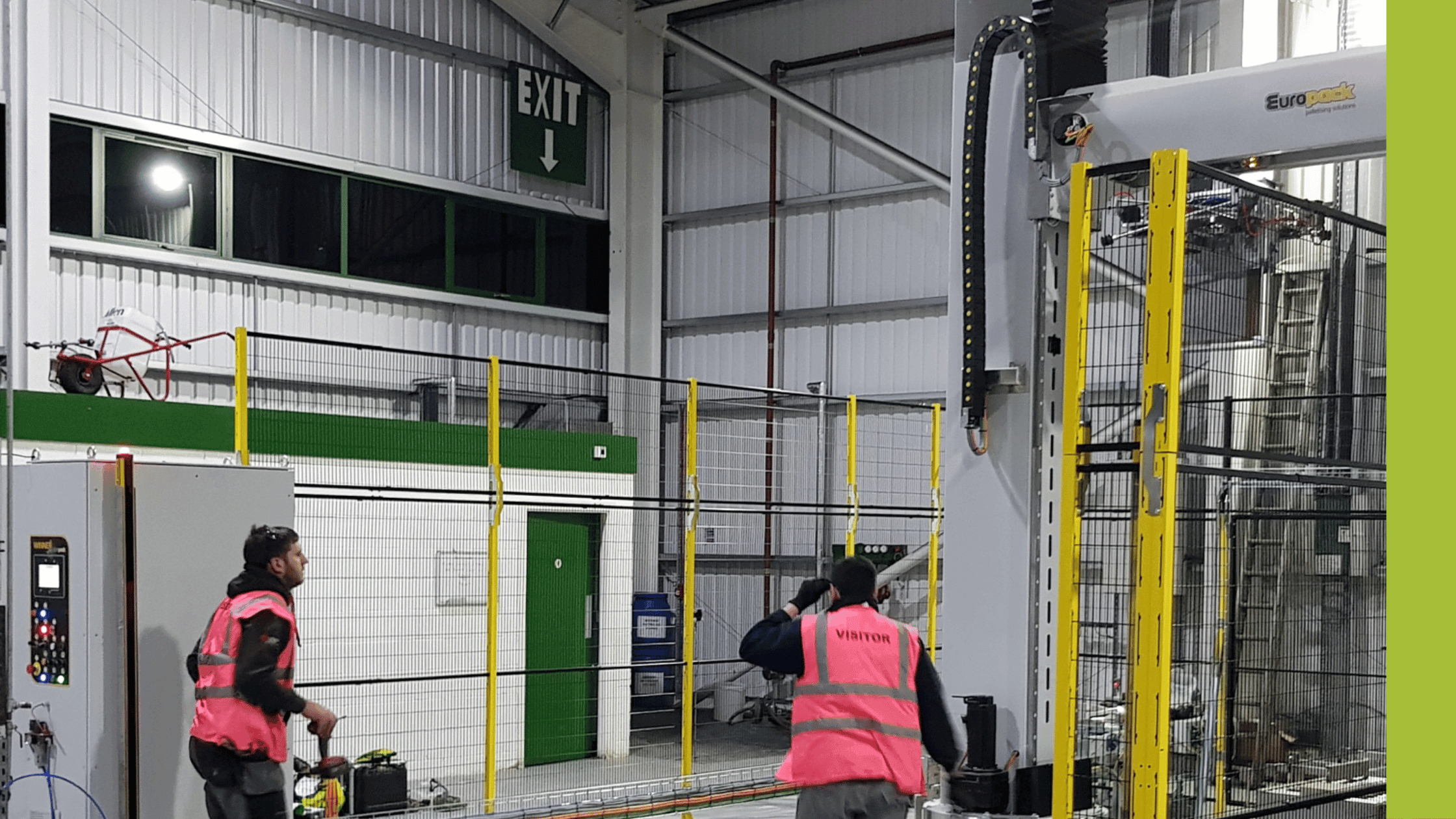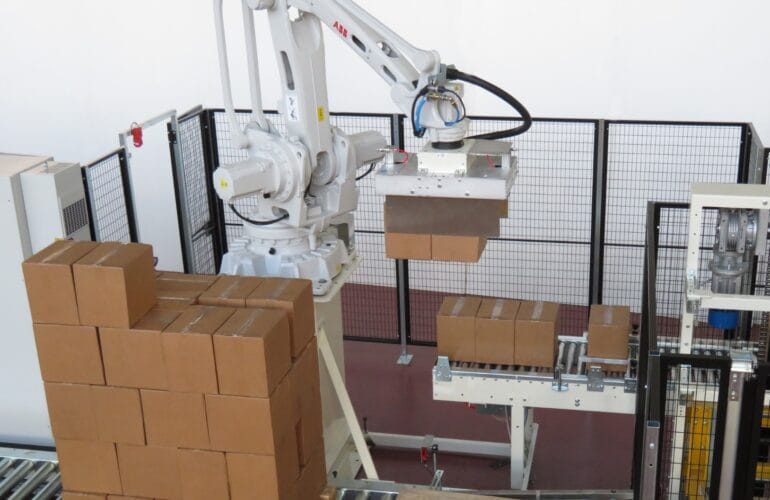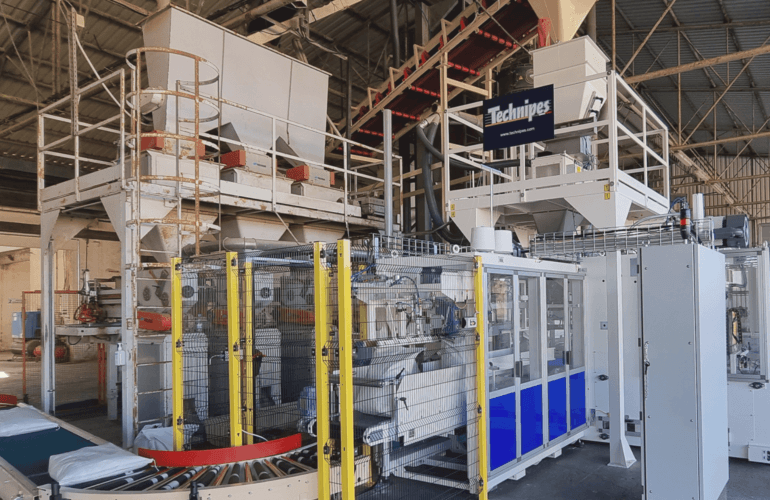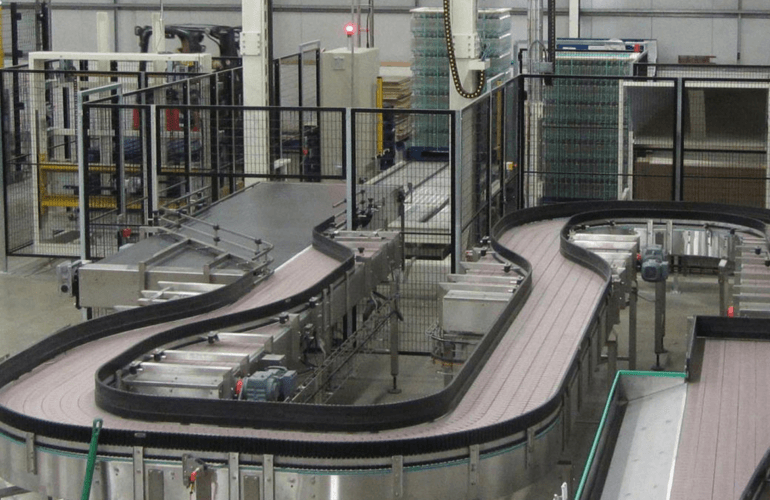Automation in manufacturing continues to grow: more than half a million industrial robots were installed last year alone, delivering productivity and efficiency savings to manufacturers worldwide. However, to realise the maximum benefits and ensure the wellbeing of the workforce and the longevity of the machinery, it’s important any equipment is implemented safely.
Here we look at the steps to take to set the automation of your operation up for safety and success.
1. Conduct a risk assessment
The first step is a thorough risk assessment to identify and evaluate potential hazards and their impact. This includes analysing:
- the tasks the machinery will carry out
- the equipment to be installed
- the manufacturing environment
- the employees who will use the equipment
- any regulatory requirements
Evaluating all these elements will help you identify the most appropriate safety measures and controls and ensure they are put in place to minimise any risks.
2. Find the right equipment
Do your research to ensure the equipment you install is right for the job and your environment.
- Analyse the space you have available and how much room is needed to safely manoeuvre around the machinery
- Think about the available power supply and whether there are other integrations to be added
- Consider what you need the machinery to do and make sure you choose equipment that can handle the weight or work at the required speed
3. Implement training programmes
Workers may not have used any automation previously and if they have, the instructions and controls are unlikely to be similar. It’s vital that everyone who may come into contact with the machinery receives the proper training, so they have the necessary skills, knowledge and competence to operate it safely. Everyone must be provided with clear and up-to-date instructions and manuals and receive regular refresher training, not just on regular operation and maintenance but also on the emergency procedures and protocols in case of unexpected events.
4. Carry out regular maintenance
Preventative and proactive maintenance strategies are essential to ensure the safe operation and reliability of automated equipment. Dust, dirt, grease and debris can all affect performance so machines need to be regularly cleaned, inspected and tested. This ensures they are functioning correctly and allows for any worn out or damaged parts to be replaced before they cause more serious safety issues or breakdowns. Keep a record of your maintenance schedule so it can be called upon if required.
5. Foster a safety-first culture
When working in a potentially risky environment, a culture of safety and responsibility is essential. Complacency or ignorance can be incredibly dangerous, so make sure workers understand the potential hazards and how to report any issues. It’s vital that workers feel able and encouraged to raise any potential health and safety breaches, however large or small, without repercussions, and leaders should make it clear that safety always comes first.
Safety at every step
Integrating automation into manufacturing holds enormous potential but safety must always be the top priority. Without this, it’s impossible to reap the full rewards.




